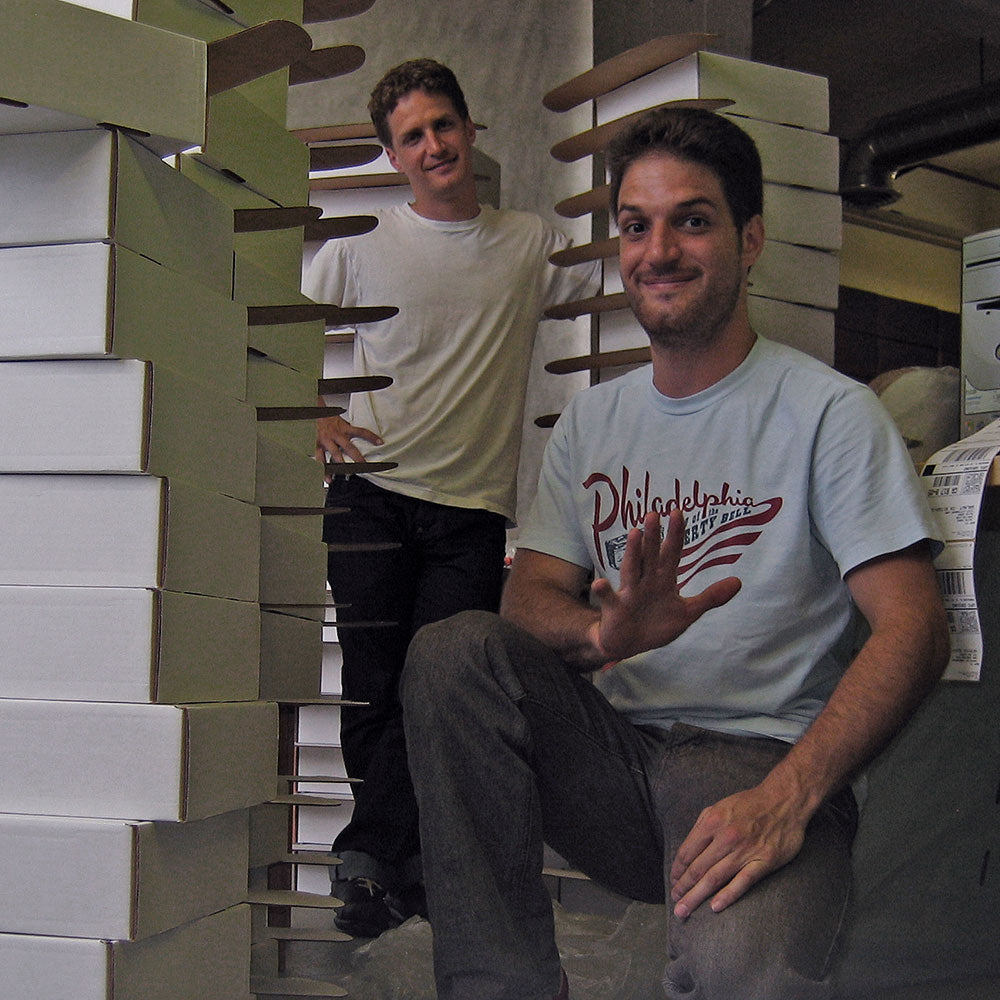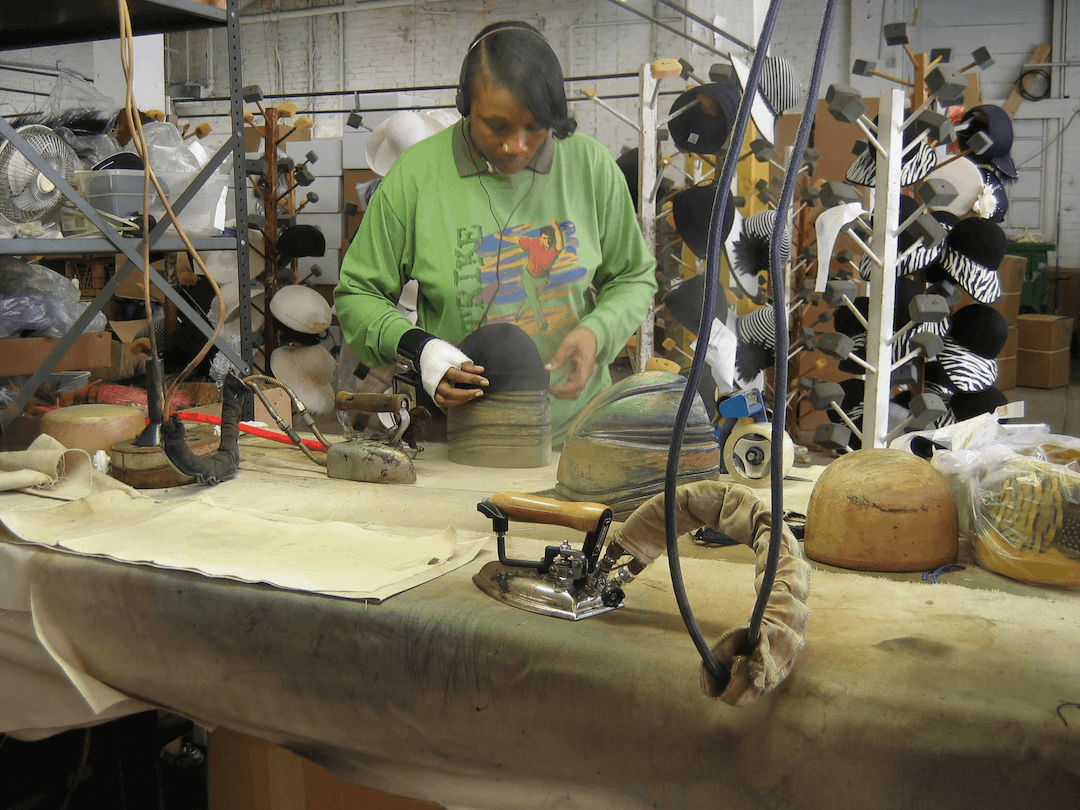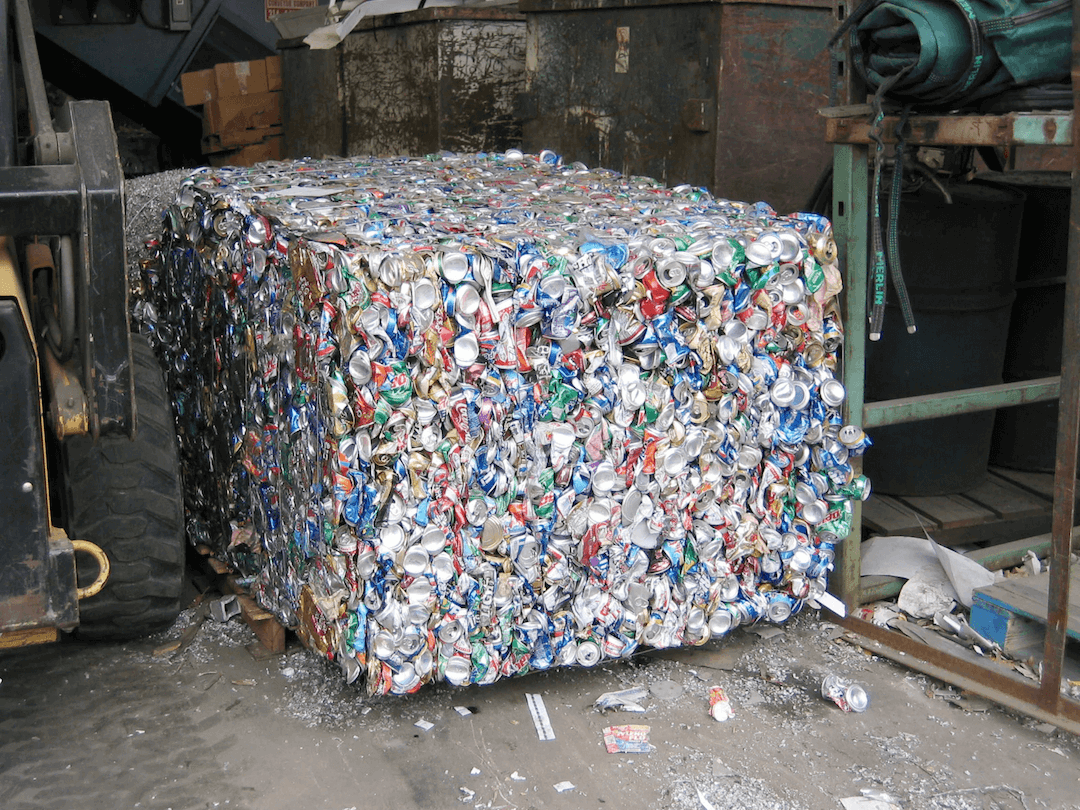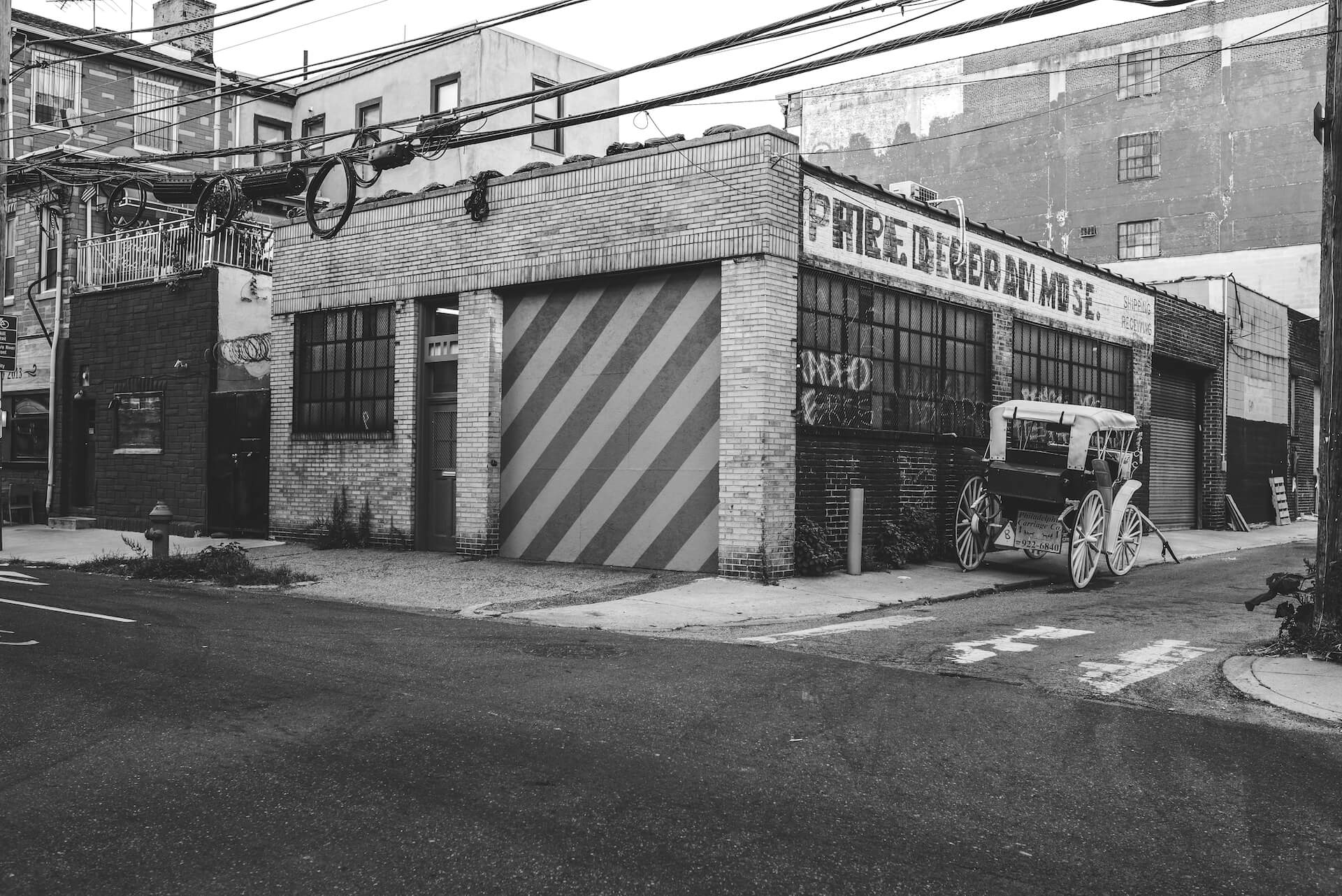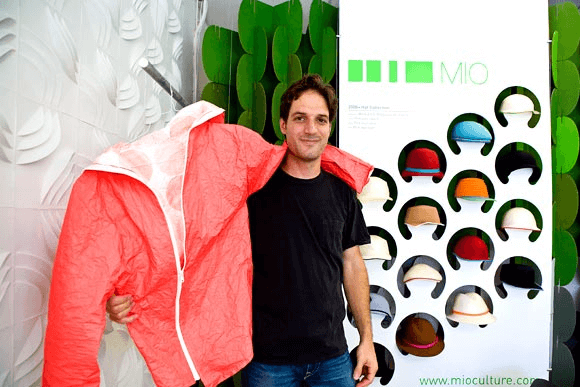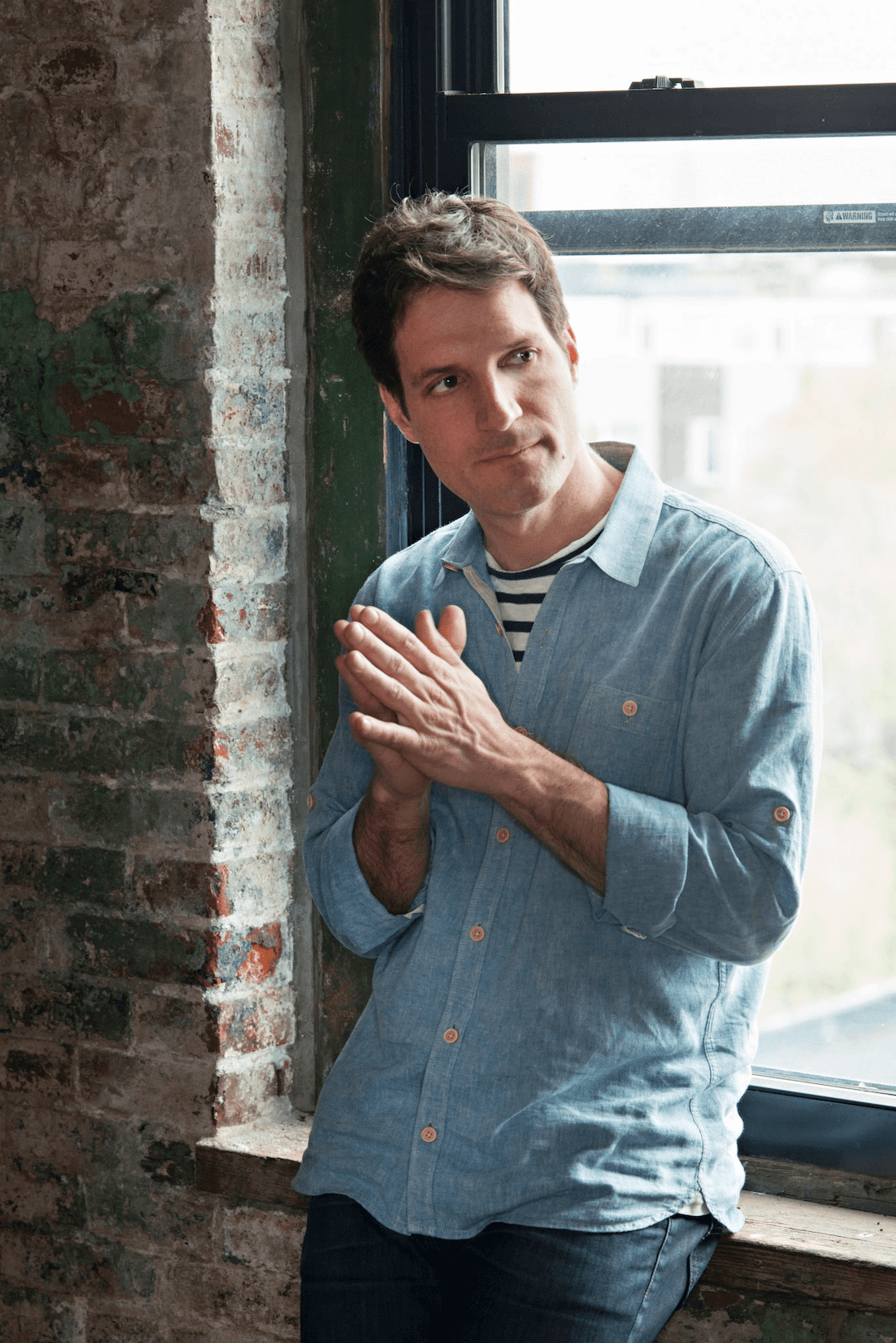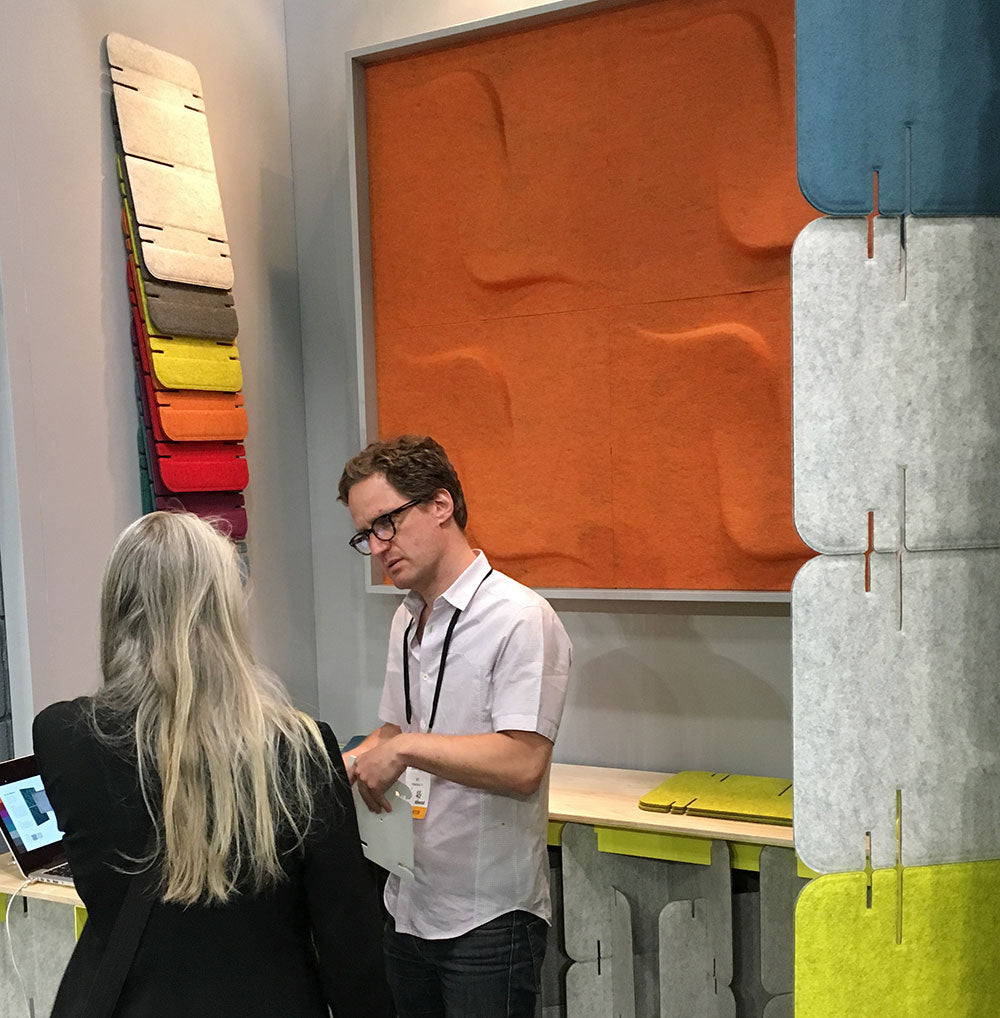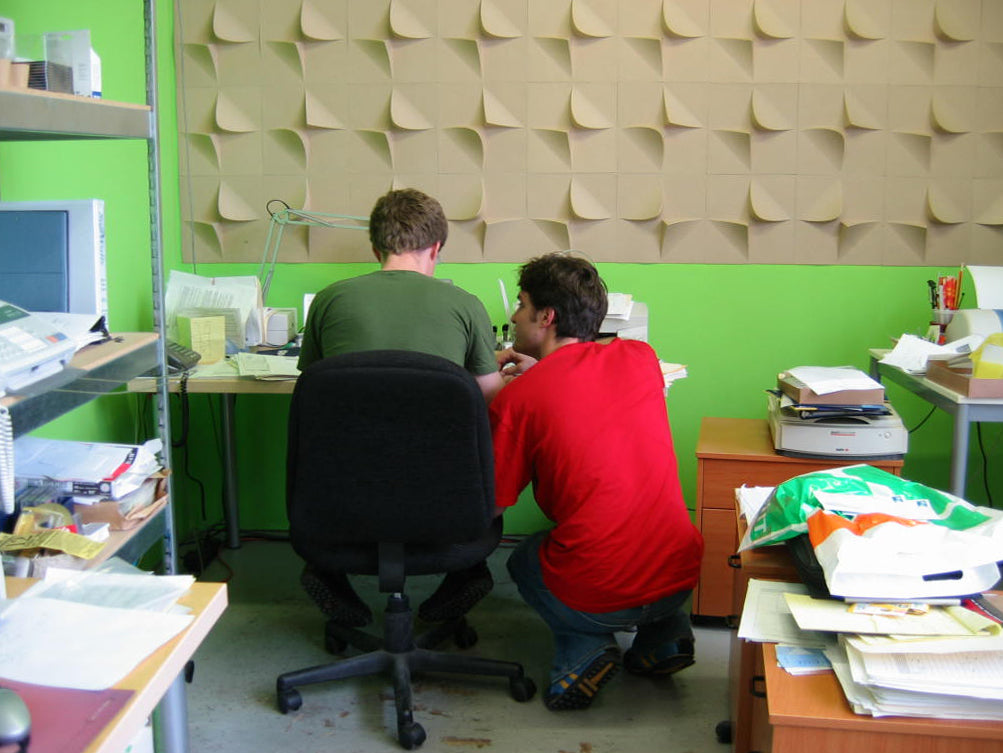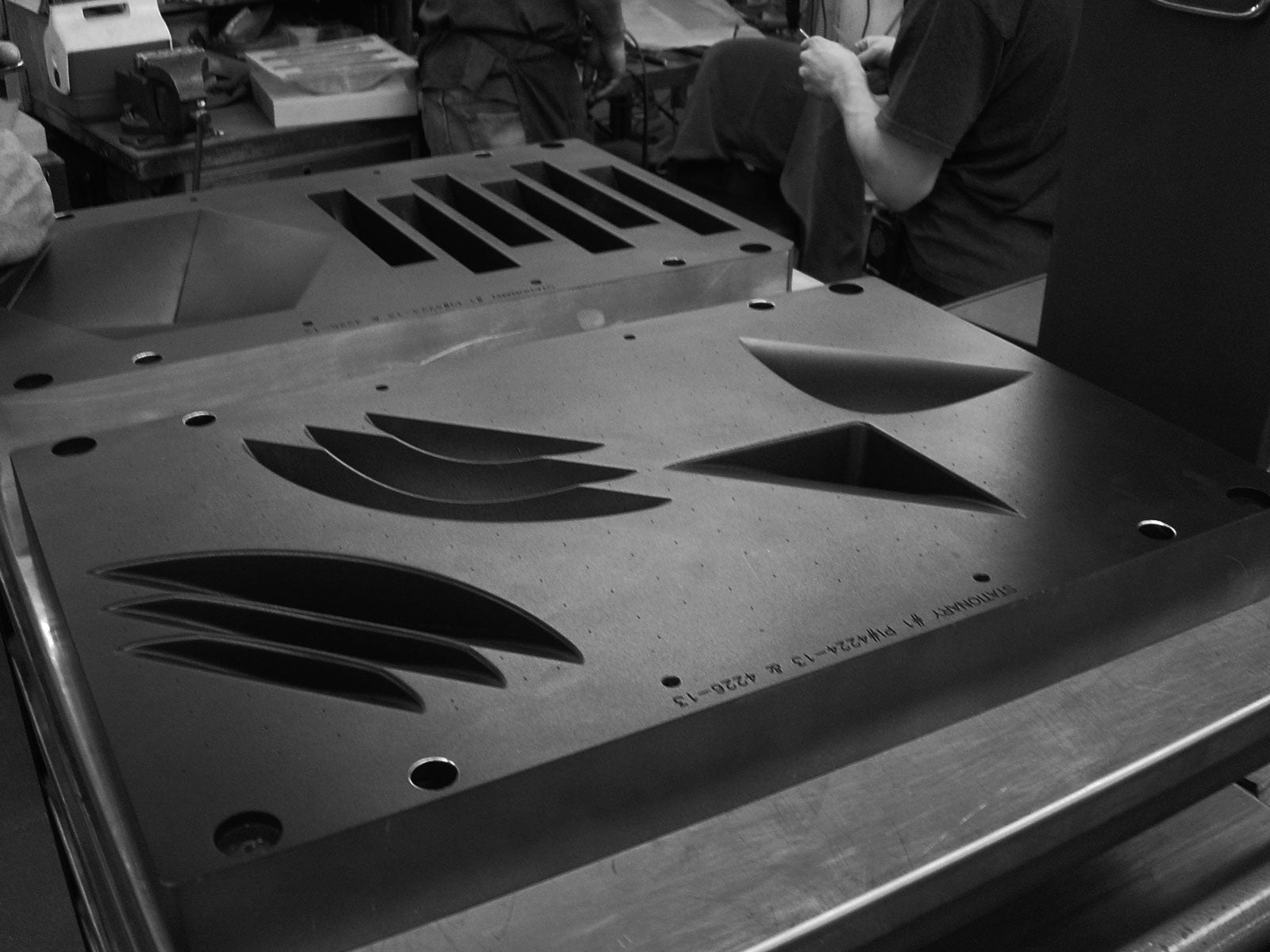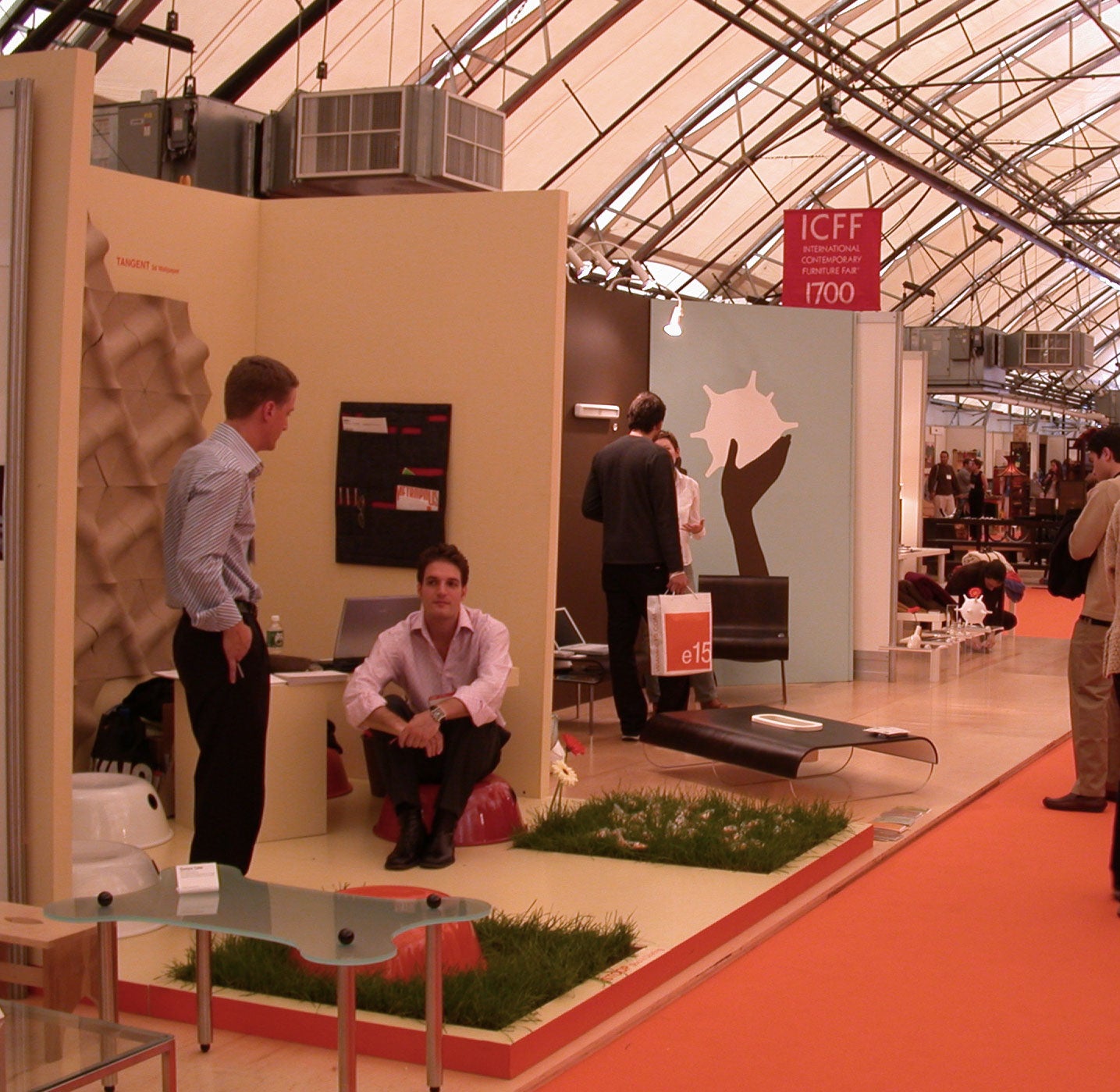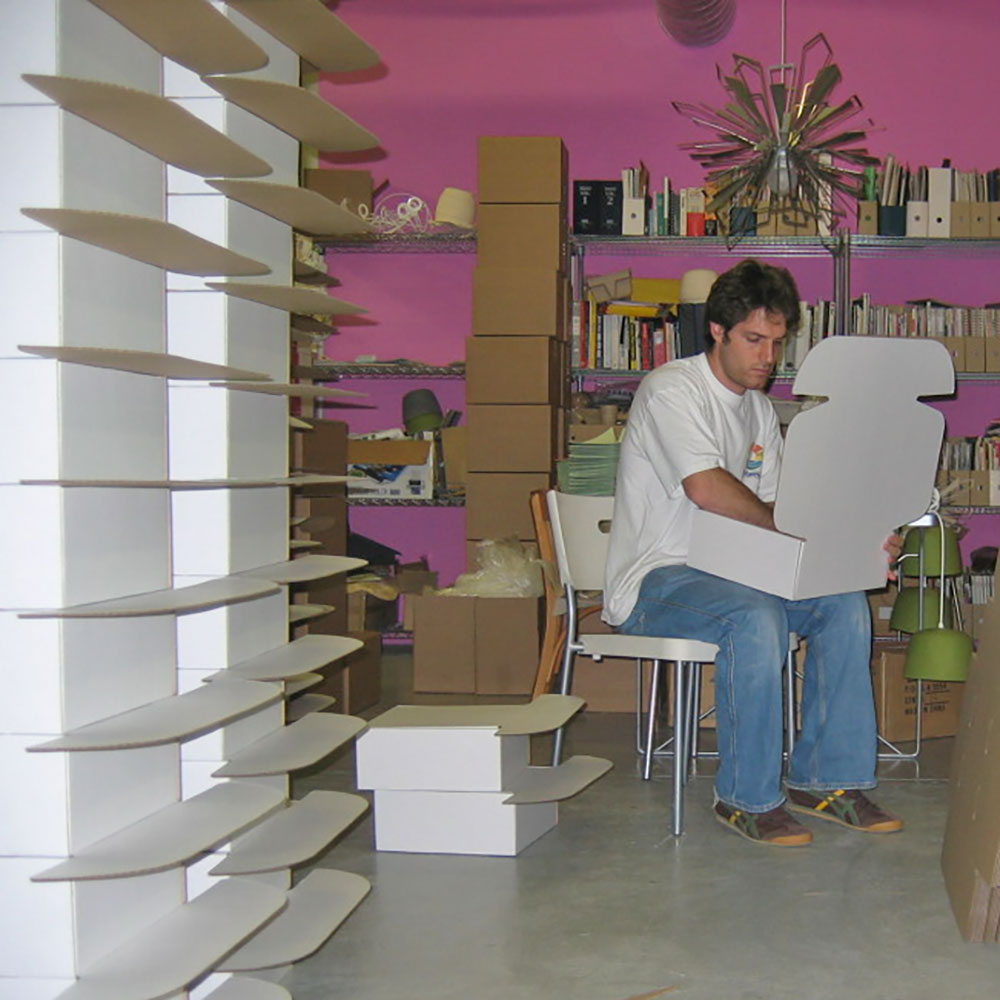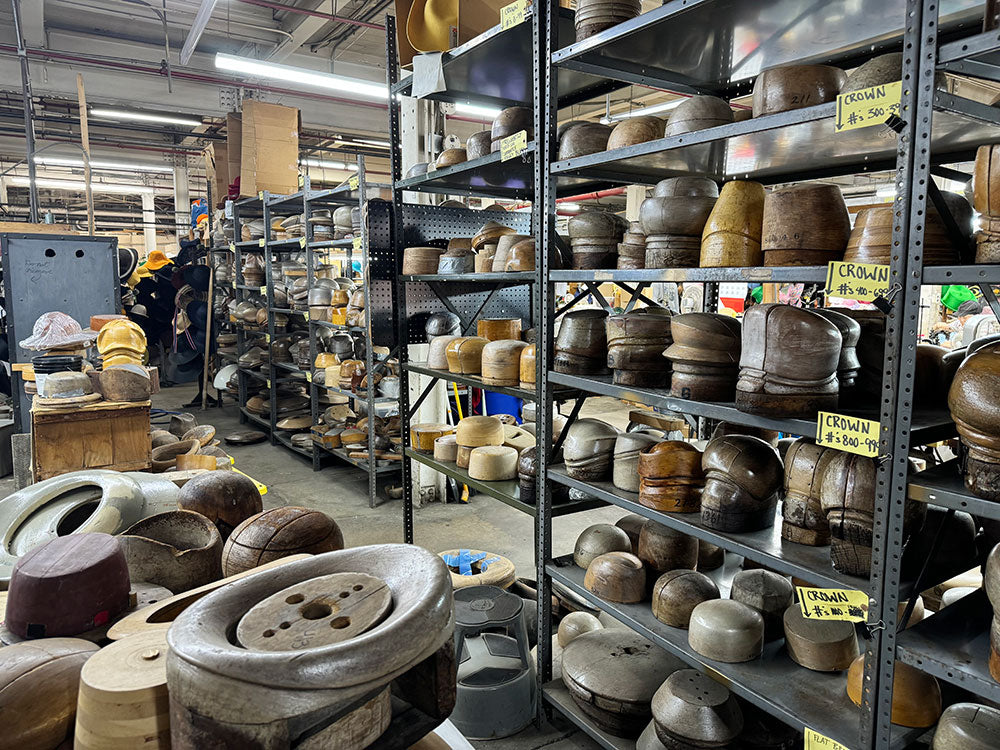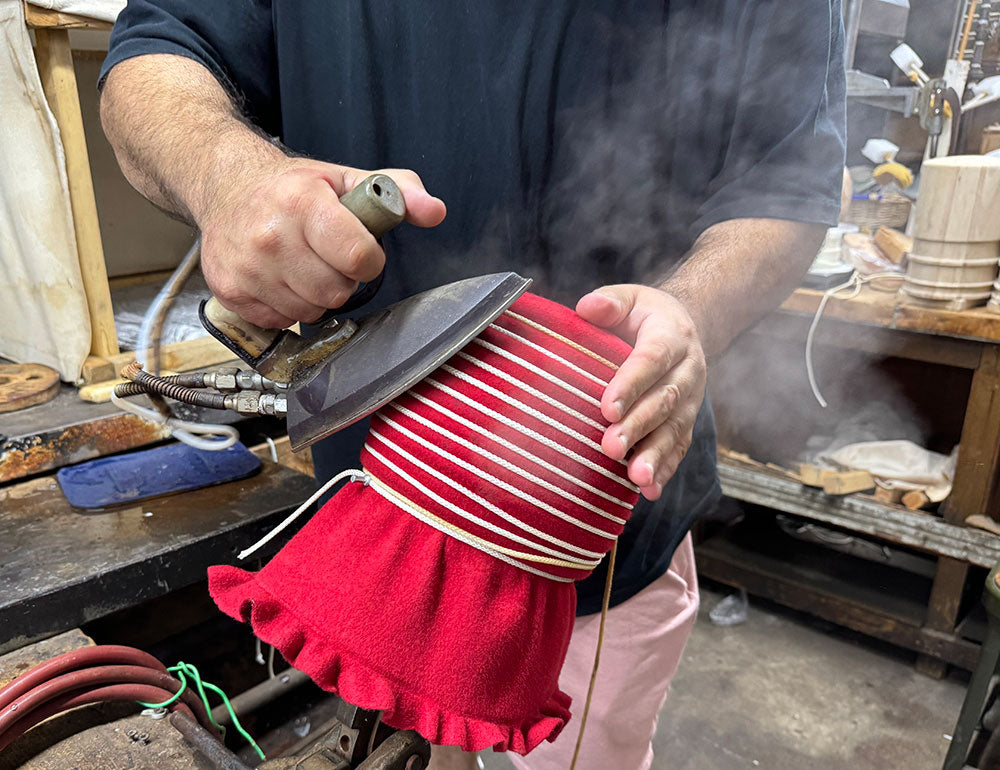Shaping Sustainable Futures Through Design
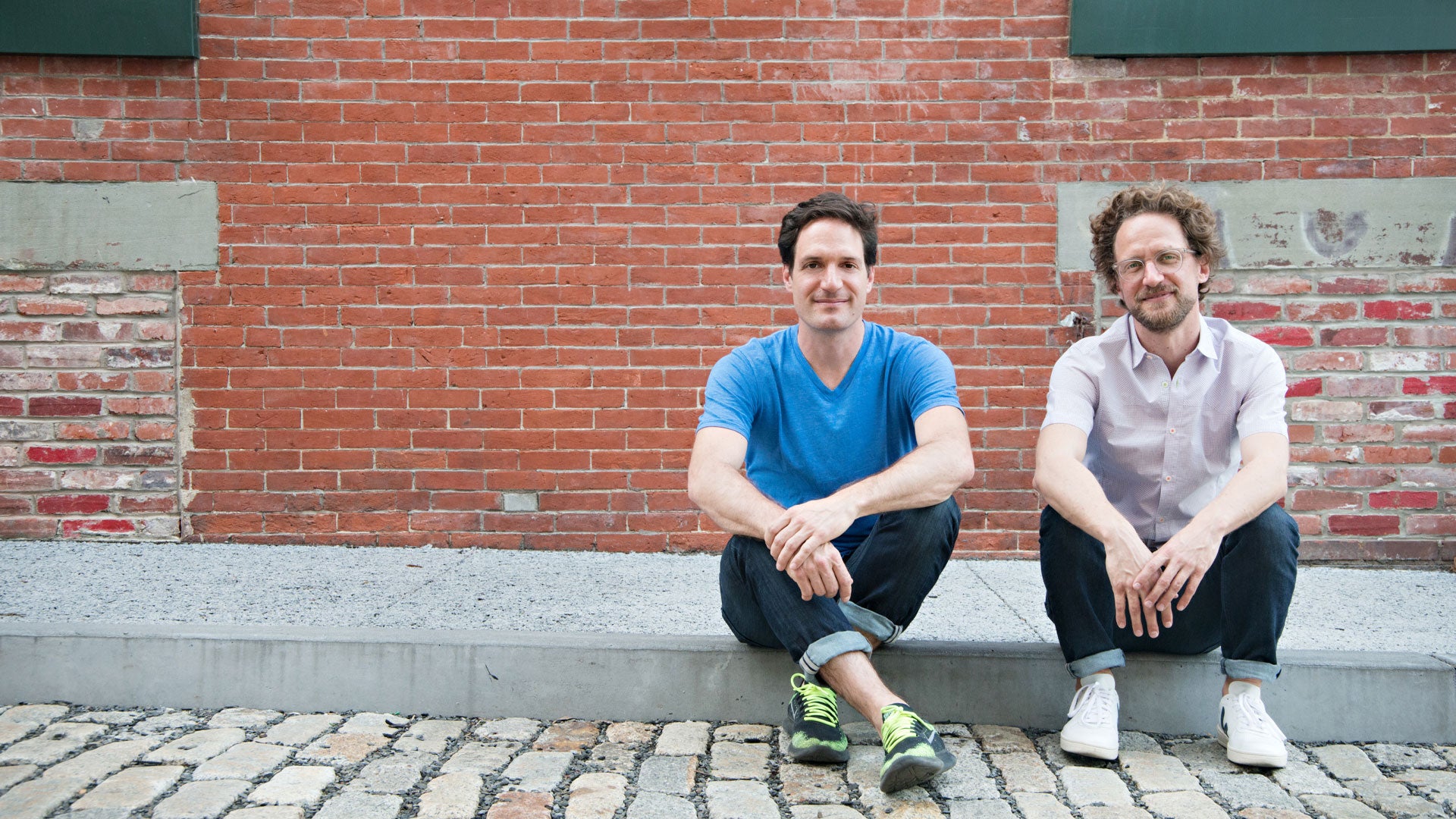
Our Philosophy
At MIO, we see design as a powerful catalyst for change. We’re committed to shifting cultural values towards sustainable and equitable systems, utilizing design, artistry, and science to address complex global challenges and inspire creativity across communities.
Our Journey
From a one-bedroom start-up in 2001 to a trailblazing leader in sustainable design, our journey is a tale of passion, innovation, and resilience.
Discover Our Story
Our Commitments
MIO’s guiding principle, Responsible Desire, makes sustainability something people genuinely want—not out of guilt, but because it enhances their lives. Through good design, eco-efficient manufacturing, and storytelling, we shift perceptions and values, inspiring choices that naturally lead to reduced waste, smarter consumption, and a healthier planet.
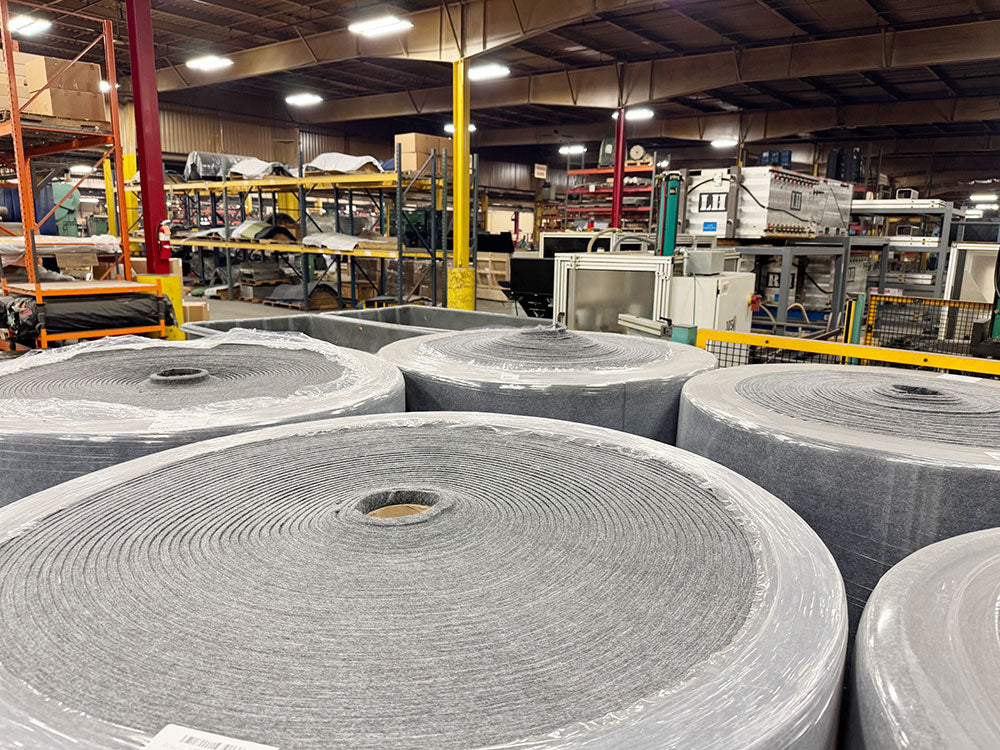
We source with purpose.
Material selection is the foundation of sustainable design. We prioritize mono-materials for easier recyclability and reduced waste contamination while sourcing certified materials like FSC-certified wood products, Red List-free components, and recycled or upcycled resources. Beyond environmental impact, we seek materials with social and ecological benefits, supporting fair labor practices, regenerative production, and waste diversion initiatives. By partnering with manufacturers who share our values, we ensure that every material contributes to a more responsible and sustainable future.
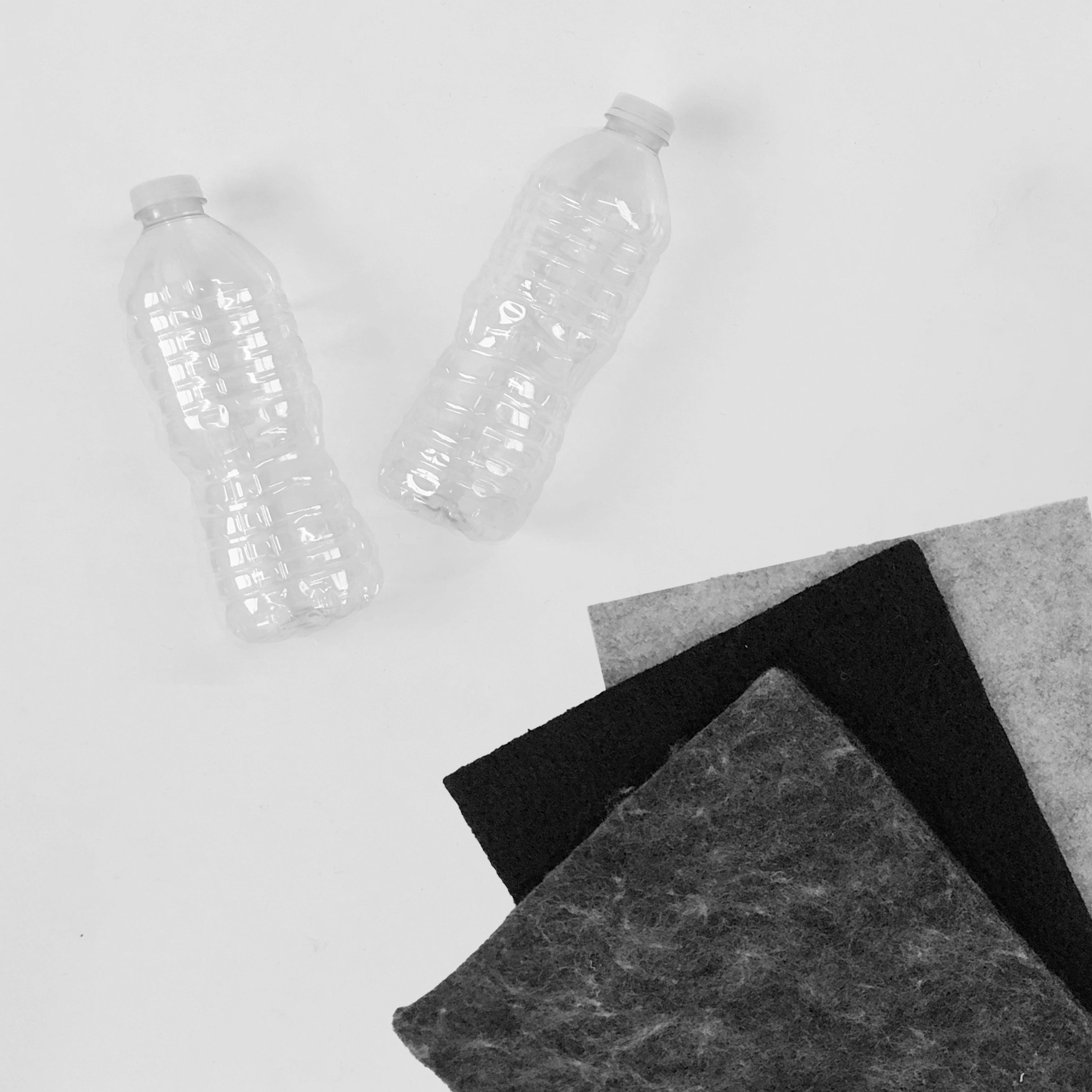
We design for circularity.
Sustainability isn’t just about responsible materials—it’s about designing for longevity, adaptability, and the full product lifecycle. Our products are intentionally crafted to integrate into industrial or natural cycles, ensuring that resources remain in use for as long as possible. We carefully match materials to their use cycles, balancing durability with end-of-life solutions that allow for easy disassembly, reuse, or recycling. By prioritizing modularity and material selection, we create products that not only last but also evolve with changing needs.

We close the loop.
A circular future is only possible if sustainable choices are accessible and intuitive. That’s why we focus on designing for disassembly, material recovery, and responsible disposal. We make it easier for consumers and businesses to participate in circular systems—whether through recycling, upcycling, or return programs. Sustainability shouldn’t be complicated or costly; it should be a seamless part of everyday life. By designing products with clear, actionable end-of-life solutions, we help bridge the gap between good intentions and real environmental impact.
Our Blog

Not a Resource, a Relationship
Post by Isaac Salm, Managing Director MIO Culture We are in a relationship with Earth.Not a healthy one. Not reciprocal —at least not for the better part of the last three hundred years. It’s a relationship marked by overconsumption, extraction, and disregard—a pattern of taking more than we give. If this were any other relationship, we might call it abusive. And like any broken relationship, repair begins with recognition. At MIO, this recognition is at the root of how we design. Because sustainability isn’t about “saving” the planet—the planet will go on. It’s about showing up better in the relationship. It’s about making things differently, using differently, thinking differently. It’s about remembering that every object, every choice, is part of a larger system of connection between people, places, materials, and the Earth itself. This is the lens through which we see design—not as product, but as relationship. Seeing the World with New Eyes Our work has always begun by looking again. At materials, at processes, at the systems we’ve inherited....
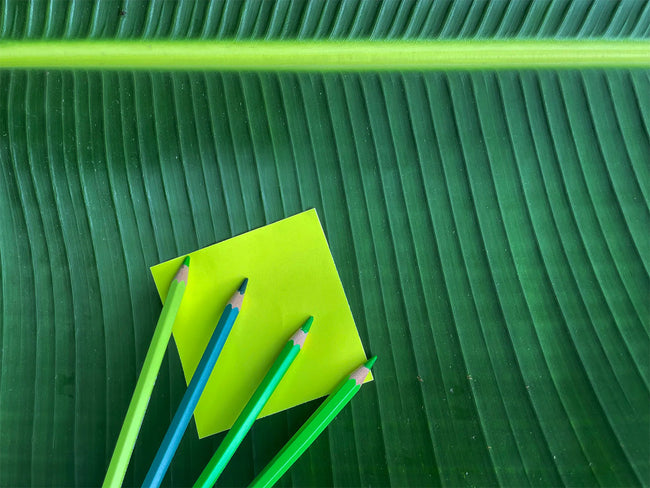
Earth Action Day Manifesto
Posted by Jaime Salm, MIO Culture Creative Director Every year on April 22nd, we celebrate Earth Day. But why limit our efforts to just one day? What happens to the Earth and the goodwill the rest of the year? This may seem dramatic, but the environmental crisis has demonstrably worsened since the first Earth Day in 1970. While some progress has been made, we are approaching tipping points once considered unthinkable. Is one day of awareness enough? How can one day of awareness and action change anything? This is why I decided to write this short manifesto about climate action. It's time to rethink "Earth Day" and shift toward something more ambitious and structured. Those who believe any visibility for the environmental movement is beneficial may be missing an important point: the fleeting nature of modern business and media. Andy Warhol was right; everyone gets their 15 minutes of fame, including Earth Day. In our continuous news cycles and the sea of events on the marketing and social media calendars,...
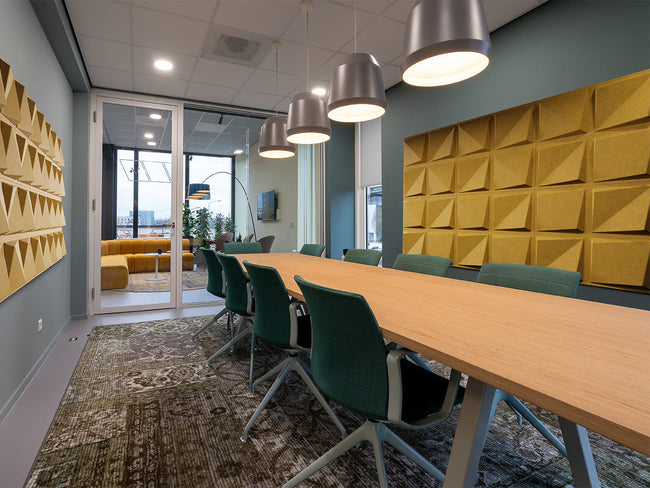
What Are Acoustic Tiles Made Of?
Posted by Alex Frazer, MIO Culture Trade Support Acoustic tiles are one of the most common sound treatments for residential and commercial spaces. But with so many different materials and types to choose from, it can be a challenge finding the right solution for your space – what works for your home may not be as effective for a corporate office. Acoustic tiles are designed to improve the sound quality and noise levels in a particular room or space. They’re used in offices, schools, recording studios, churches, and even residential homes for a variety of applications. As sound waves are produced, they scatter around open space, bouncing off hard surfaces like walls, ceilings, and floors. This creates inconsistencies in sound quality. But acoustic tiles fix this issue, absorbing sound waves as they make contact with the tiles. The energy is absorbed and dispersed within the acoustic material, rather than reflecting back into the room. Among other benefits, this leads to improvements in speech intelligibility, audio clarity, and the overall energy...

Get Cultured
Sign up to our newsletter to receive information on product launches, news & events and get 10% Discount + Free Shipping.

